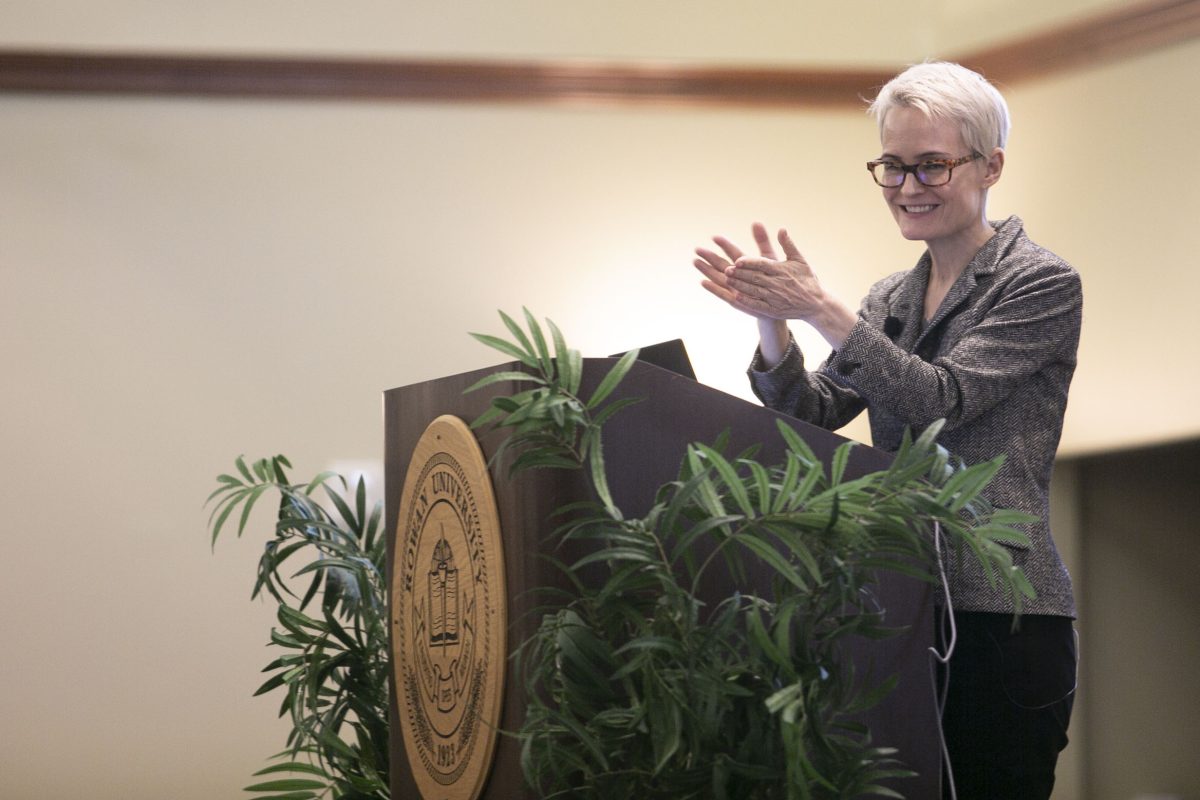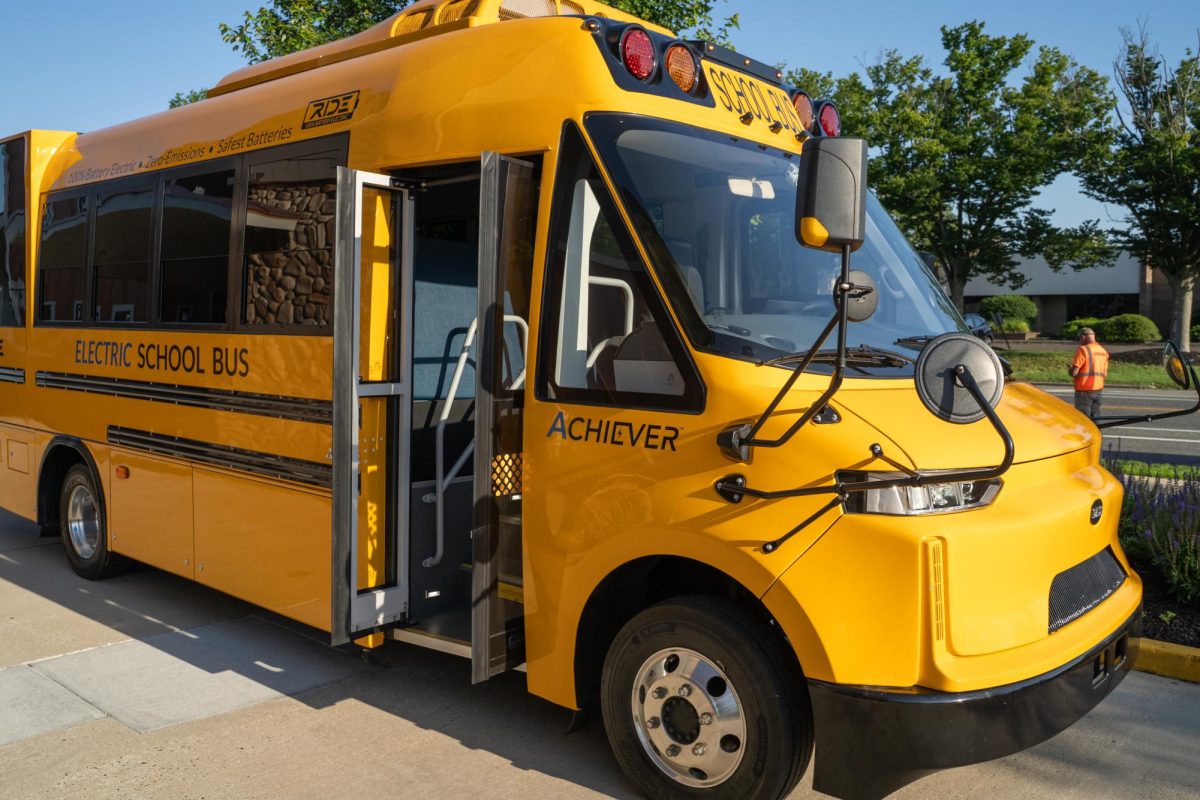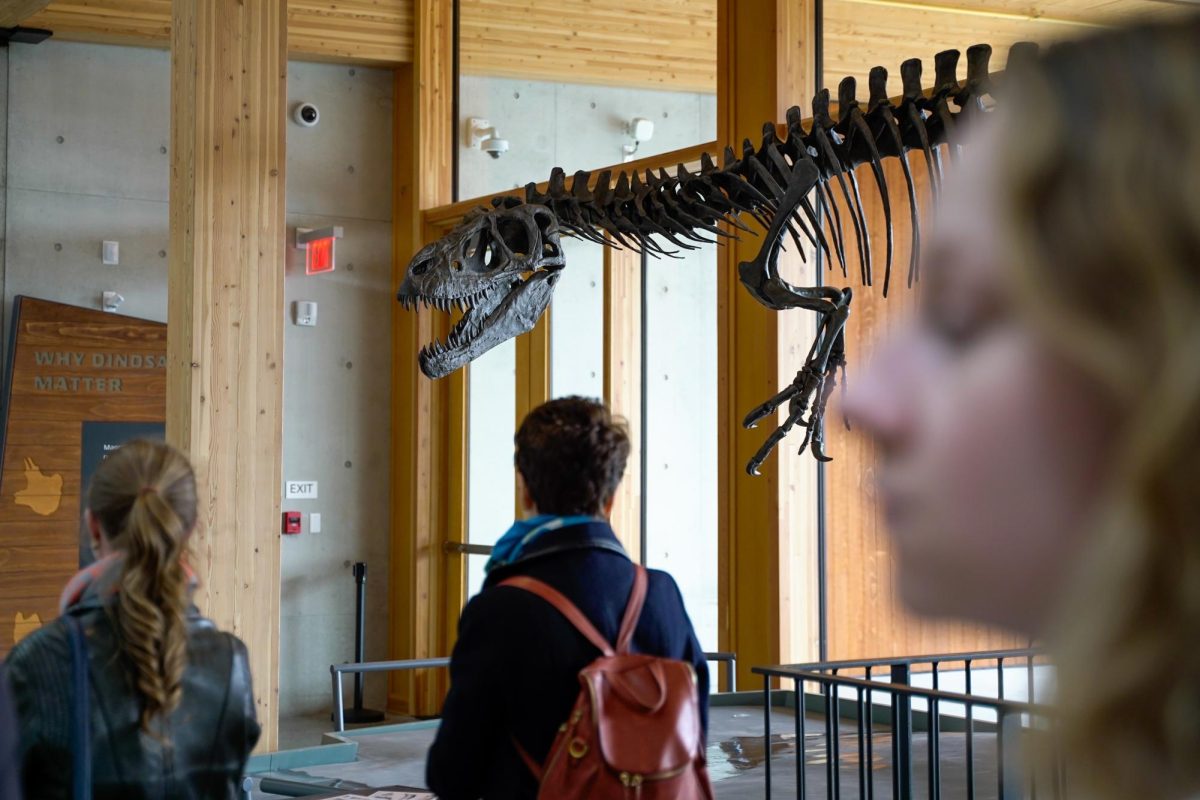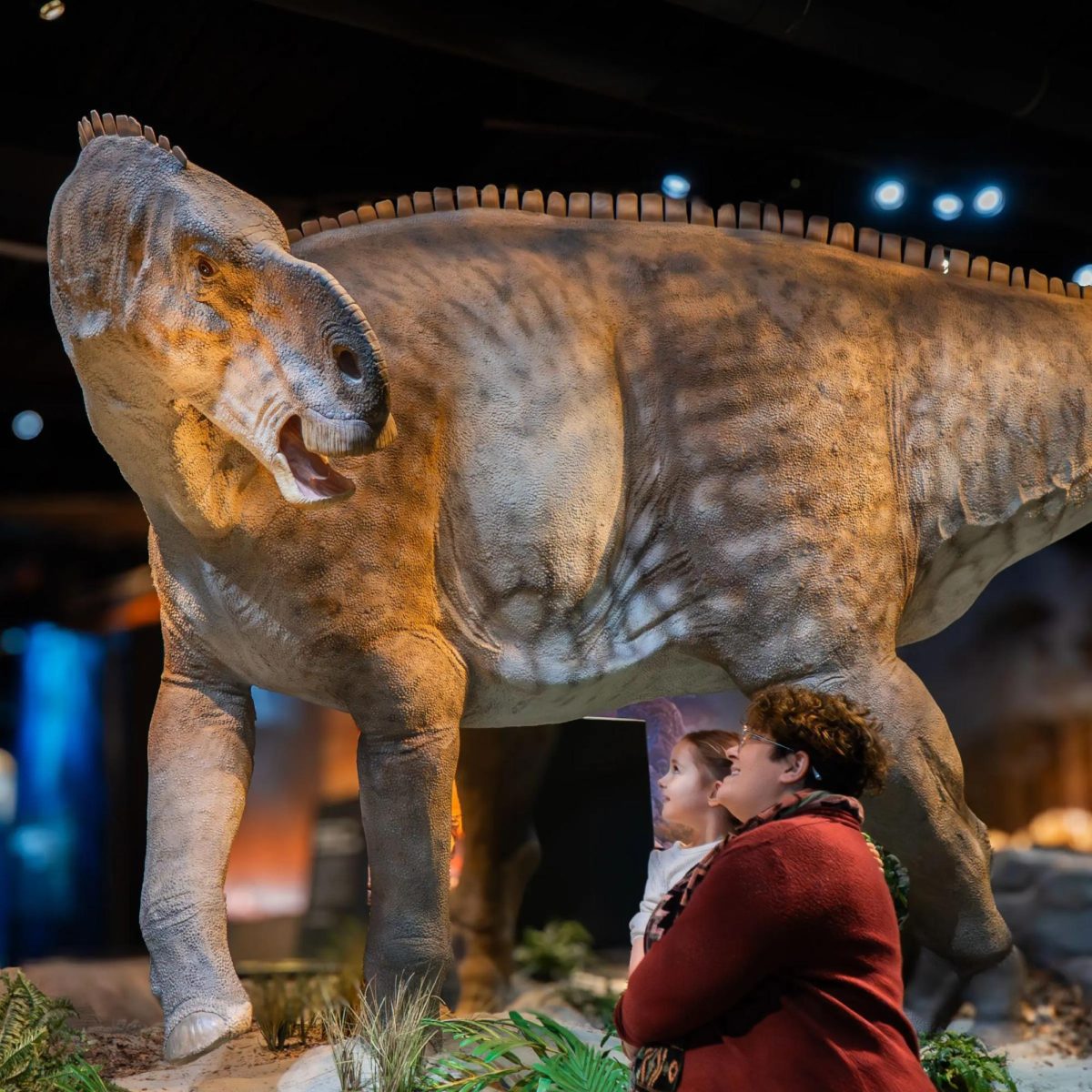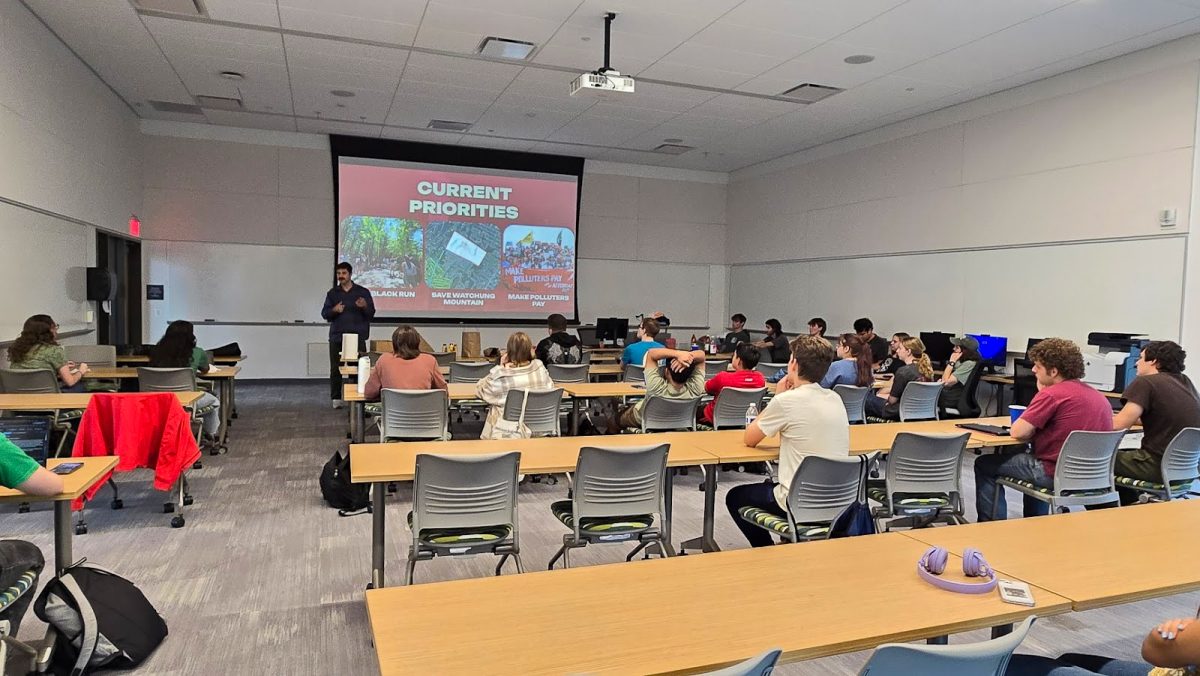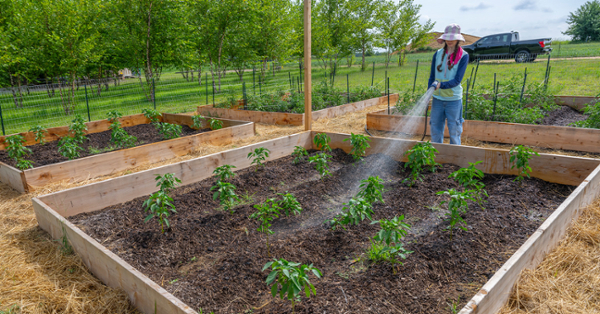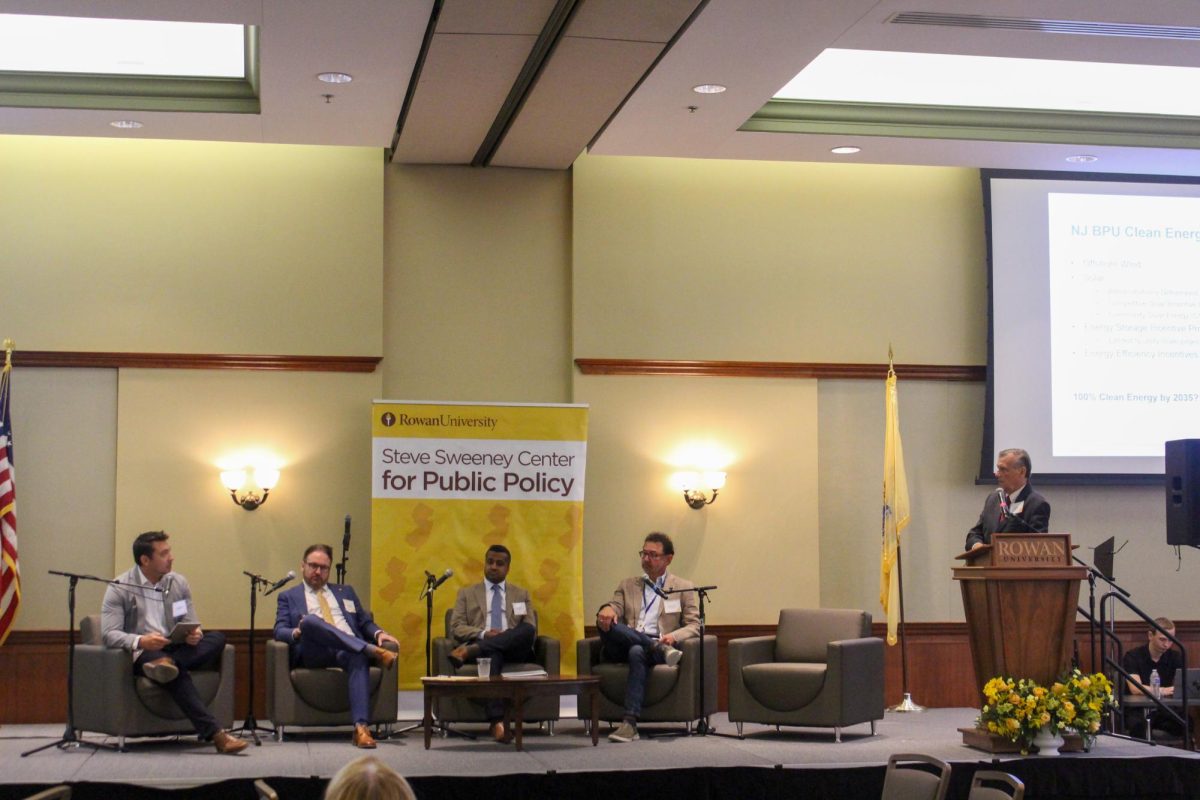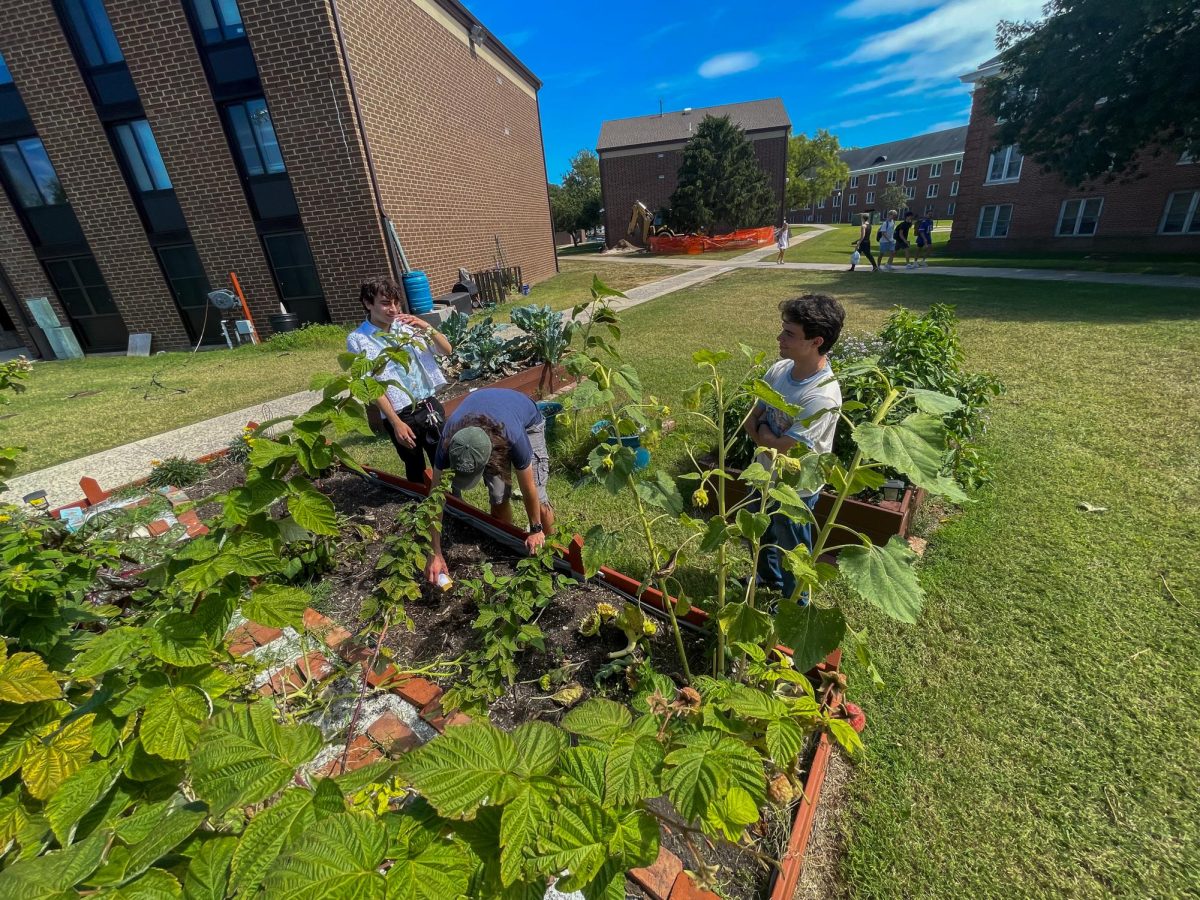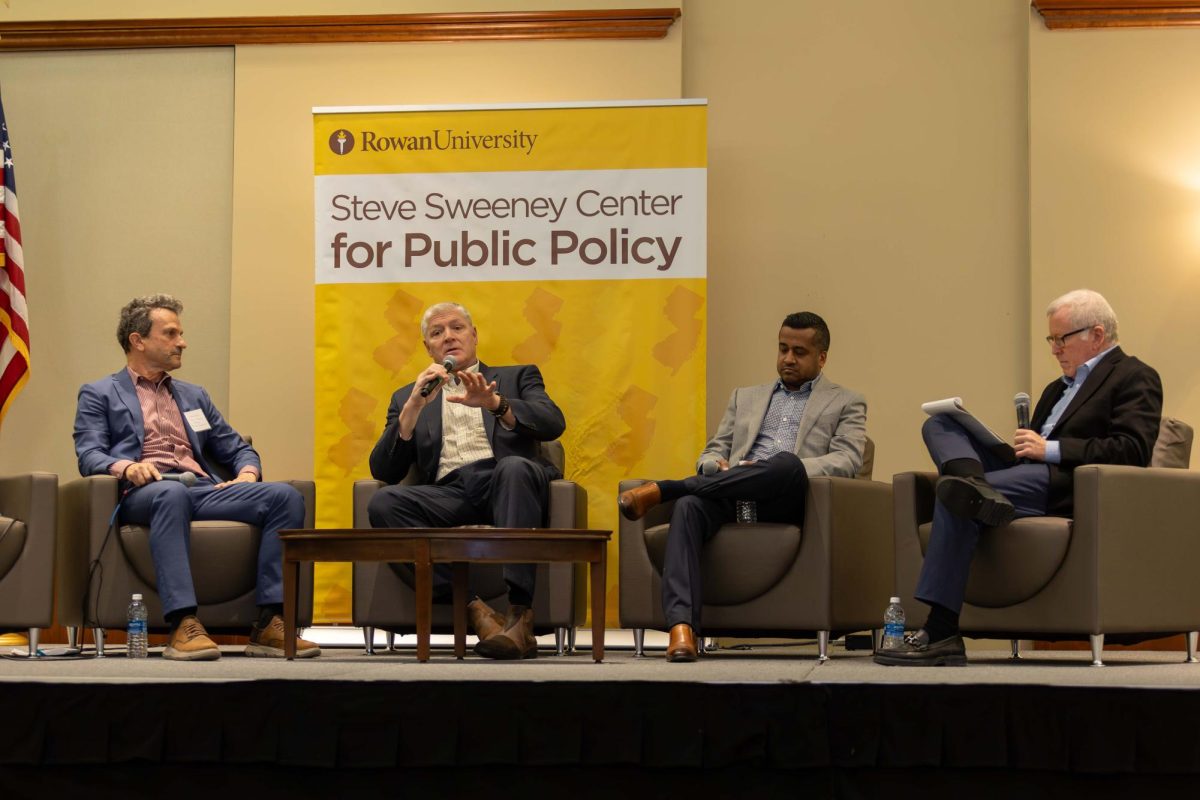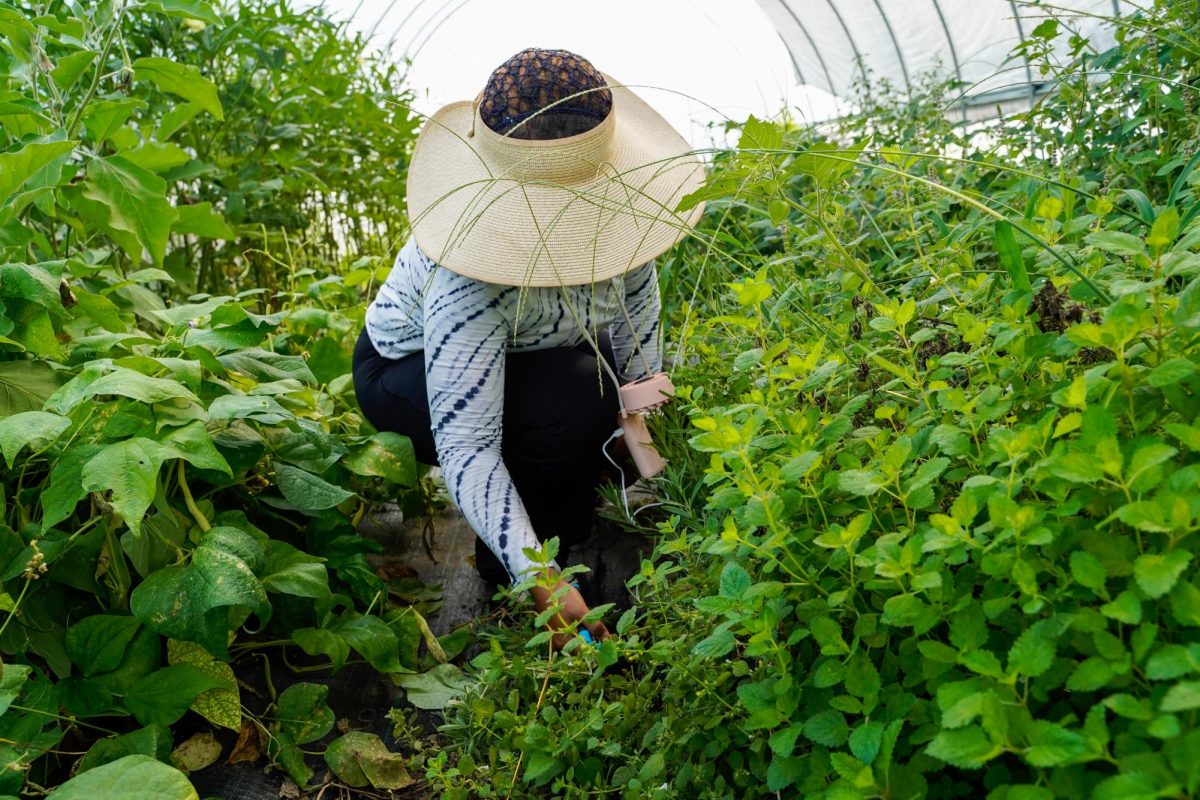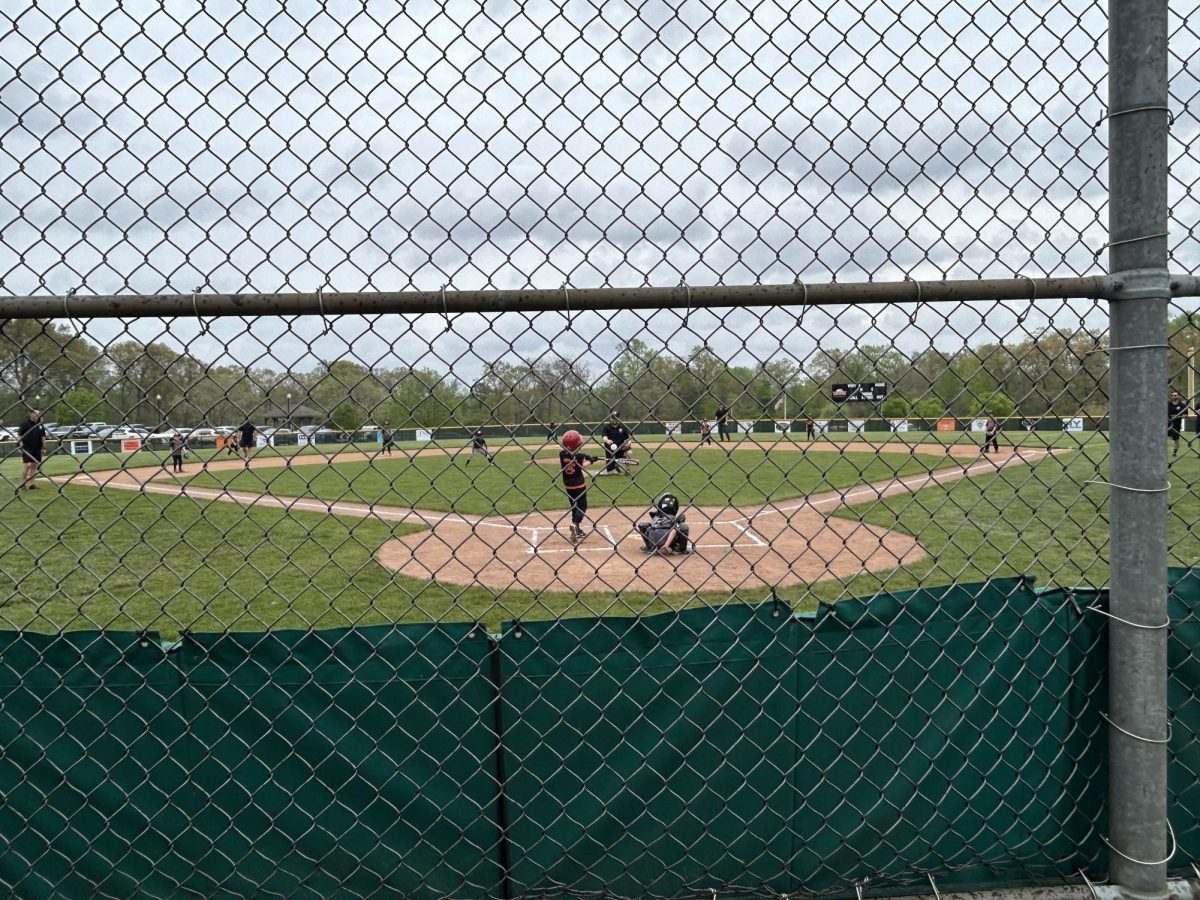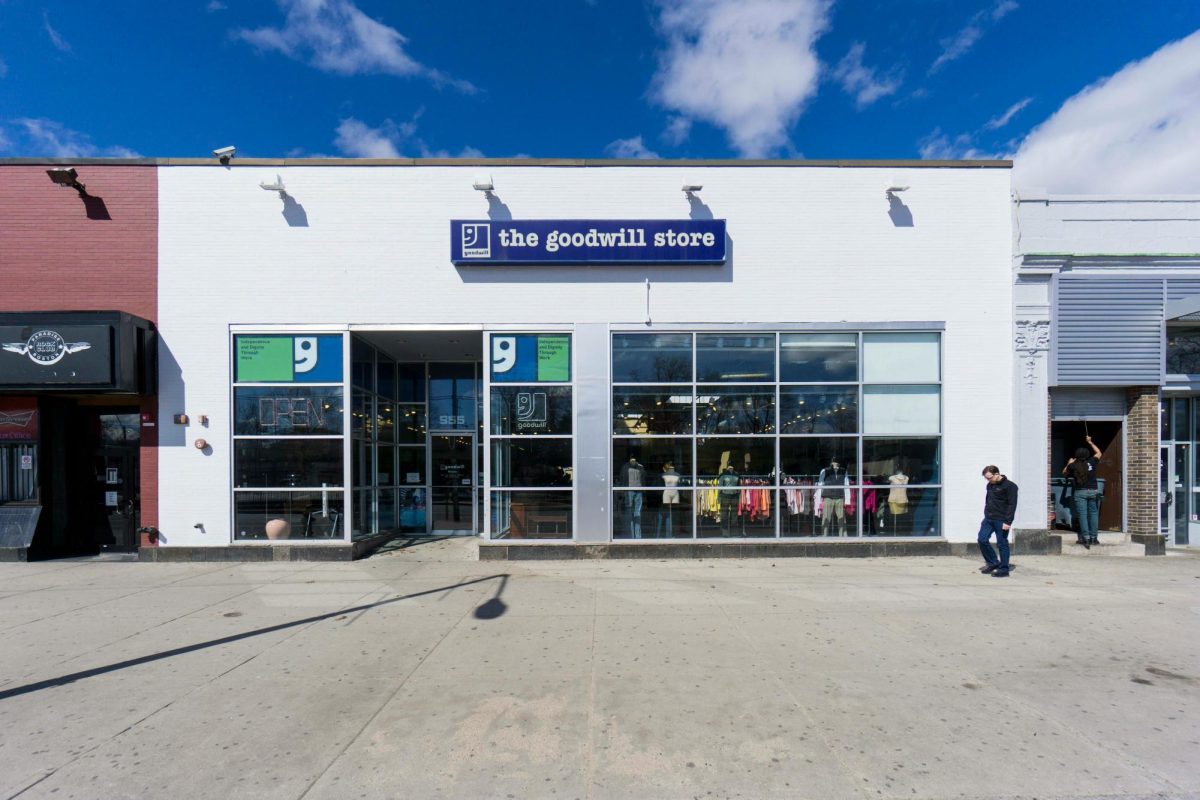By Alexa Aulicino | Nov. 20, 2019
“I want you to imagine you have never seen this image before…” Miranda Massie instructed the audience last week at her campus-wide presentation entitled “No Time to Waste: What We Need to do for Sustainability and Climate Progress.”
There it was: a picture taken from space of the planet that you, me and 7.7 billion other humans call home. Yes, our lovely 4.543 billion-year-old blue and green Earth looks so beautiful and peaceful from far away. But down here, we know that our planet is struggling as climate change threatens our future.
Miranda Massie came to Rowan in hopes to educate and motivate us to be catalysts for change. She is the founder and director of the Climate Museum in New York City and has a background in history, with degrees from Cornell University, Yale Graduate School of Arts and Sciences and New York University School of Law. None of her degrees deal with climate change and her career was no different, spending time as a civil rights impact litigator and a prestigious lawyer.
She left that life behind once she saw the devastating effects of Hurricane Sandy. First hand, she saw how climate affects us. Her response was to create the Climate Museum with a mission to educate and engage guests. Rowan University had the privilege to hear her speak about past, present and future climate issues.
Everyone has a varying grasp on the intricacies of how our planet is struggling with climate change, but I venture to say that people are starting to take notice of this topic, as the Collins Dictionary named ‘climate strike’ as the 2019 word of the year.
Massie noted this spectrum of understanding and provided a general definition of global warming: a climate change phenomenon attributed to high levels of carbon emissions due to the burning of fossil fuels. Despite the overwhelming arch of climate change, Massie said she remains optimistic, as there have already been strides to prevent future damage. In the 1970s, the Environmental Protection Agency was created, along with legislation to combat environmental abuse.
Massie spoke of a success story in the battle of climate remediation. There exists an ozone layer surrounding our planet, acting as a protective upper atmosphere that absorbs harmful ultraviolet radiation from the sun.
However, over Antarctica, there is a hole in this layer, and its creation was linked to chlorofluorocarbons (CFCs), formerly abundant in aerosol sprays and refrigerants. Once this culprit was confirmed, CFCs were banned in 1996 and scientists observed the hole slowly reduce in size. Massie shared this story as a mini-victory for what can be accomplished when people band together in environmental action.
Another small victory in the climate battle is at the Lipari Landfill, which is in nearby Pitman, New Jersey. It is a testament to an environmental protection policy set in place by President Richard Nixon in 1970.
The Lipari Landfill is a Superfund site, which is a site where land had been contaminated with hazardous waste deemed unsafe by the EPA. New Jersey currently has the highest quantity of these Superfund sites. The Lipari Landfill has been remediated following the construction of a containment system, cut-off wall and landfill cap.
Today, it poses no threat to the approximately 20,000 students at Rowan University. Massie provided this example not only to explain an environmental issue close to home, but because the Lipari Landfill was ranked the worst toxic dumpsite in the United States and now is deemed safe. This success story gives us hope for future efforts.
Read the full article in The Whit
This story is part of The Whit’s participation in a statewide climate reporting collaboration with members of the NJ College News Commons, a network of campus media outlets working together to cover the climate crisis in New Jersey.

